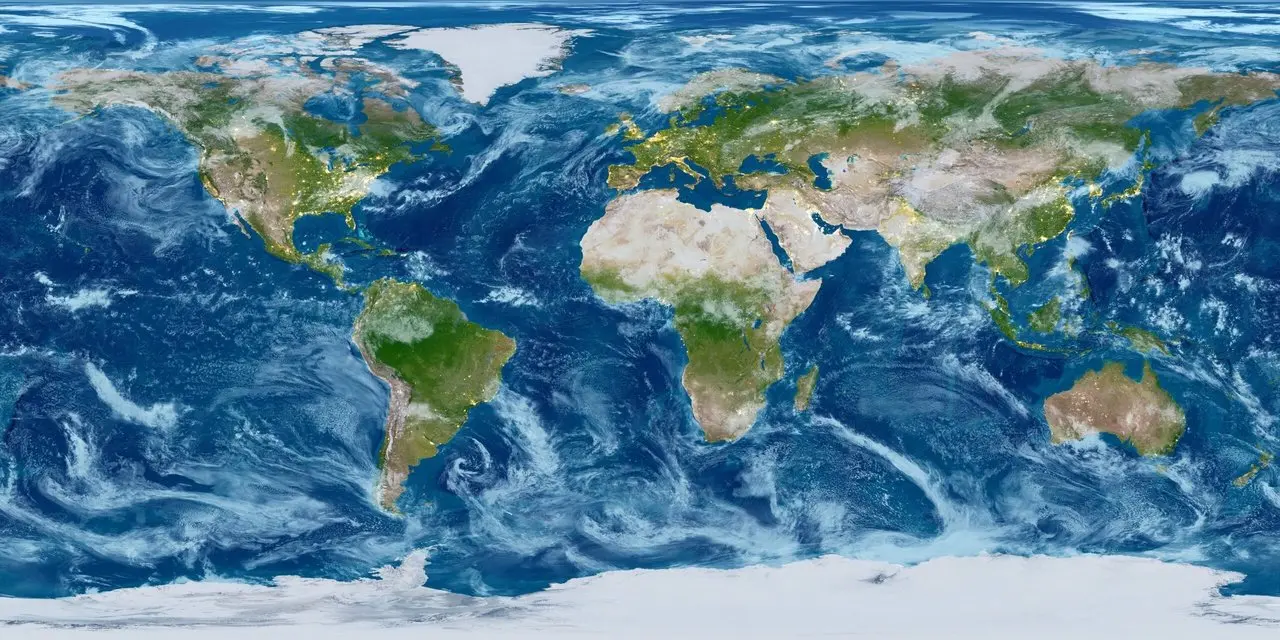ECMWF’s Artificial Intelligence Forecasting System is now operational, offering 20% greater accuracy and faster cyclone tracking capabilities.
By yourNEWS Media Newsroom
The European Center for Medium-Range Weather Forecasts (ECMWF) has officially launched its Artificial Intelligence Forecasting System (AIFS), achieving up to 20 percent greater accuracy than traditional forecasting methods. The announcement marks a transformative moment in meteorology as AI-driven models begin to outperform physics-based systems in critical areas like cyclone prediction and renewable energy planning.
ECMWF’s AIFS uses machine learning to rapidly process global weather data, enabling earlier and more precise predictions. Notably, it can project cyclone paths up to 12 hours faster than conventional methods. “This milestone will transform weather science and predictions,” said ECMWF Director-General Florence Rabier, citing the model’s speed and precision as potential life-saving advantages.
The AI model functions at a 28-kilometer resolution, analyzing initial conditions derived from satellite readings, ocean buoys, and aircraft observations. Unlike traditional systems reliant on supercomputers to solve atmospheric equations, AIFS recognizes data patterns trained over decades, providing results in real time.
Florian Pappenberger, ECMWF’s forecasts director, highlighted the system’s versatility in aiding renewable energy operations through forecasts for solar radiation and wind speeds at 100 meters. These capabilities are especially valuable to planners managing wind farms and solar installations.
The operationalization of AIFS places ECMWF in close competition with AI modeling initiatives led by tech companies including Google’s GraphCast, NVIDIA’s FourCast, and Huawei’s Pangu-Weather. All of these models are trained on ECMWF’s historical data. To promote collaboration, ECMWF has co-developed Anemoi, an open-source AI weather framework aimed at advancing shared innovation.
Still, meteorologists emphasize that AI is meant to augment—not replace—human expertise. “A combination of physics-based and data-based simulations is needed for their combined strengths to provide accurate, fast, reliable and trustworthy forecasts,” said Kirstine Dale of the UK Met Office. This perspective reinforces the belief that meteorologists will continue to play an indispensable role in interpreting and verifying forecast data.
ECMWF’s future plans for AIFS include incorporating ensemble forecasts—running up to 50 different scenarios simultaneously—and expanding into seasonal prediction. Experts believe AI may eventually extend the current 15-day forecast limit by identifying weather patterns that physics-based models overlook.
“Machine learning models have a fair chance of extending that because they may be able to extract something out of the data that we may not currently represent well enough in physics-based models,” Pappenberger said.
The emergence of AIFS points to a new era where artificial intelligence enhances decision-making in agriculture, disaster response, and energy management. As the climate grows increasingly volatile, faster and more accurate weather predictions are expected to play a critical role in saving lives and protecting infrastructure.



Leave a Comment